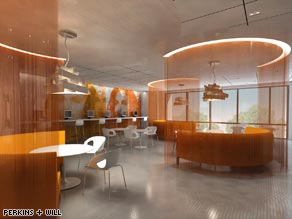
First, however, it's important to note what Windows 7 isn't. Windows 7 will not contain anything like the kind of far-reaching architectural modifications that Microsoft made with Windows Vista. Vista brought a new display layer and vastly improved security, but that came at a cost: a significant number of (badly-written) applications had difficulty running on Vista. Applications expecting to run with Administrator access were still widespread when Vista was released, and though many software vendors do a great job, there are still those that haven't updated or fixed their software. Similarly, at its launch many hardware vendors did not have drivers that worked with the new sound or video subsystems, leaving many users frustrated.
While windows 7 doesn't undo these architectural changes—they were essential for the long-term health of the platform—it equally hasn't made any more. Any hardware or software that works with Windows Vista should also work correctly with Windows 7, so unlike the transition from XP to Vista, the transition from Vista to 7 won't show any regressions; nothing that used to work will stop working."
To read more and to view more screen shots of Windows 7 UI, please click here.



